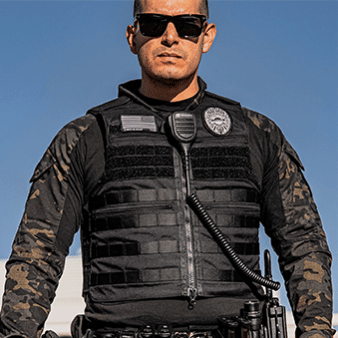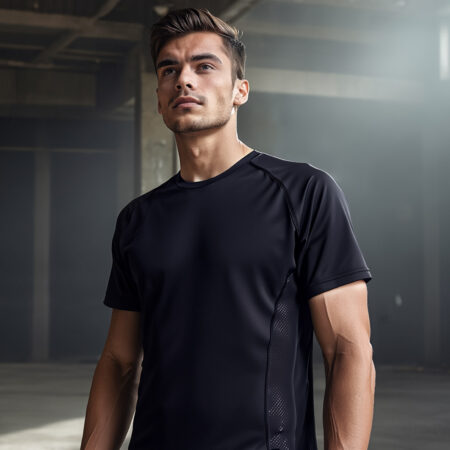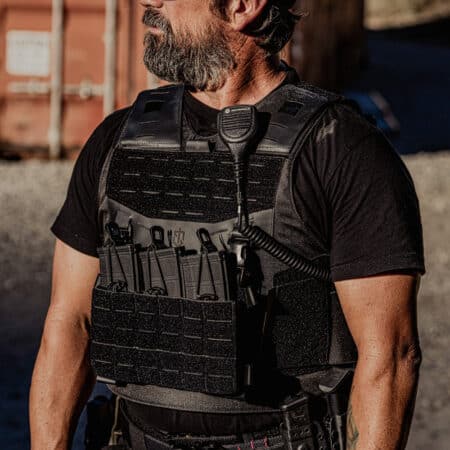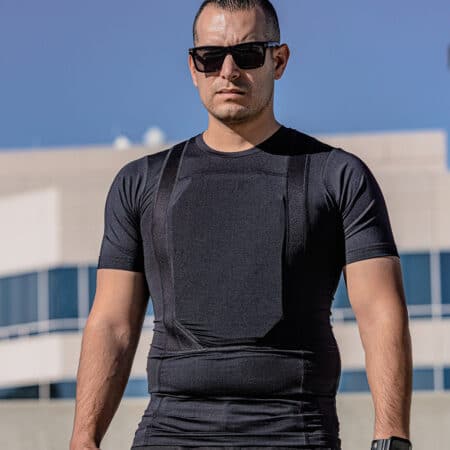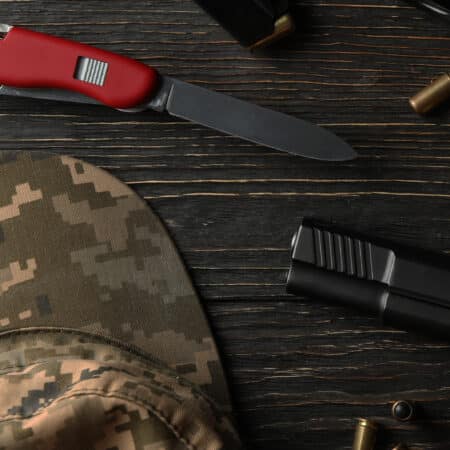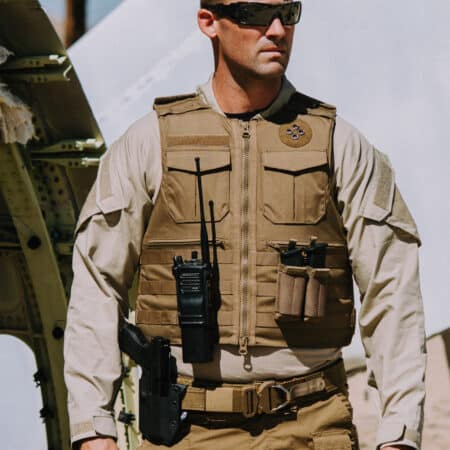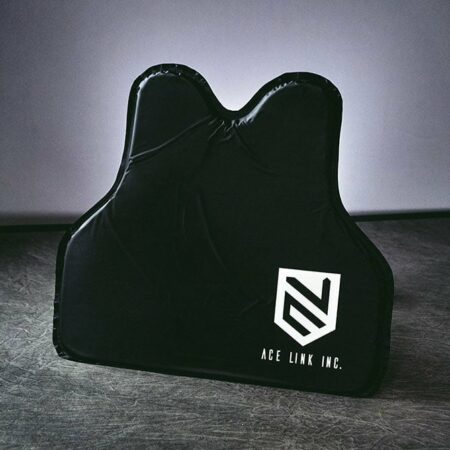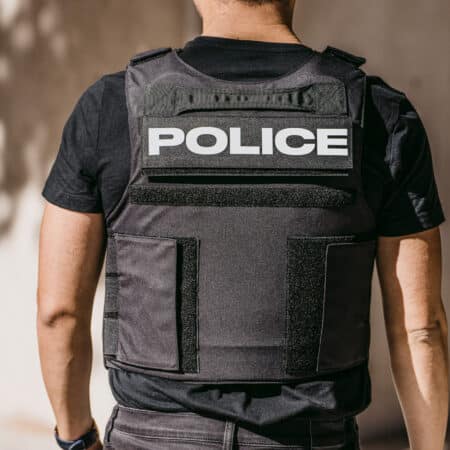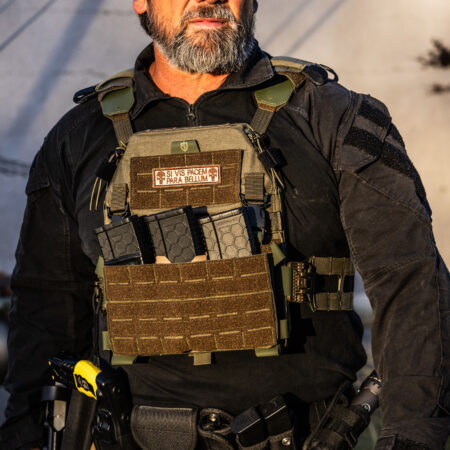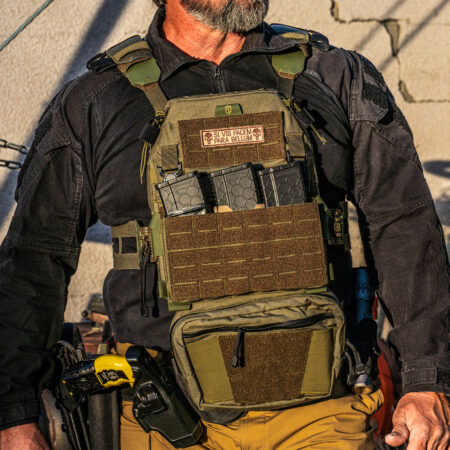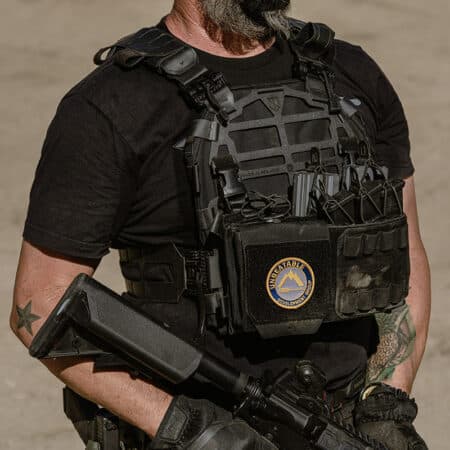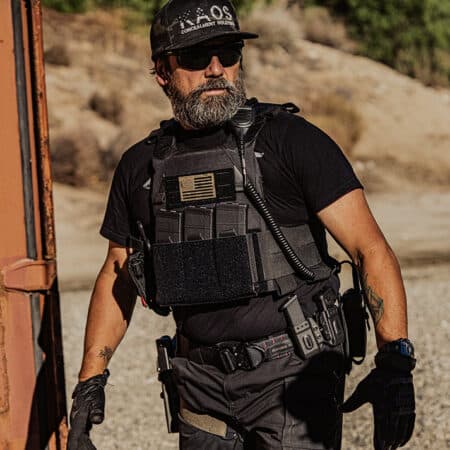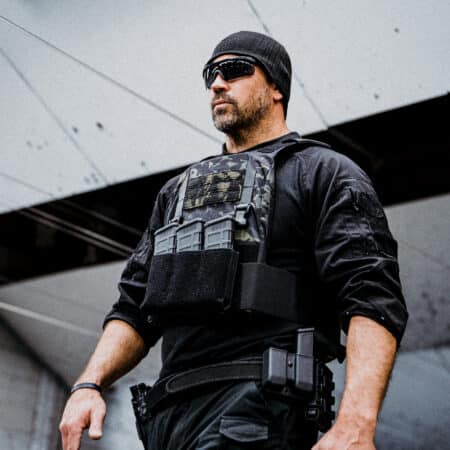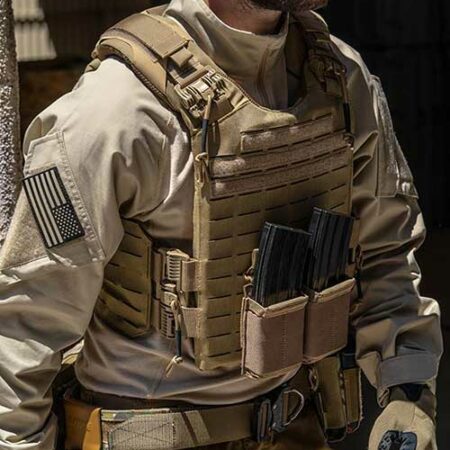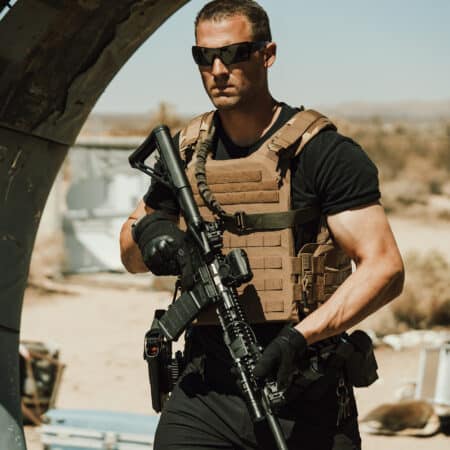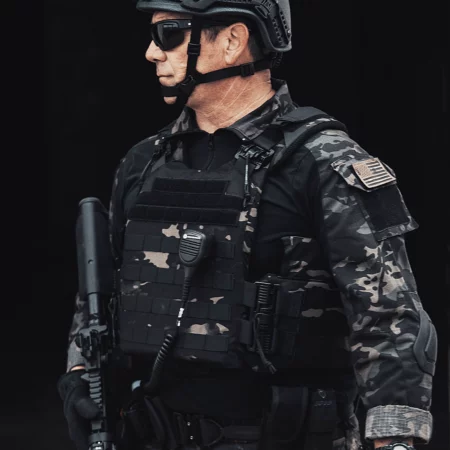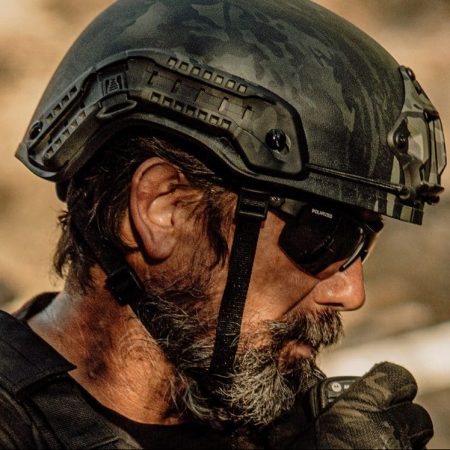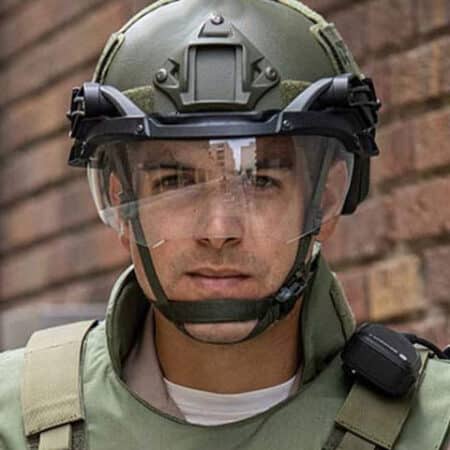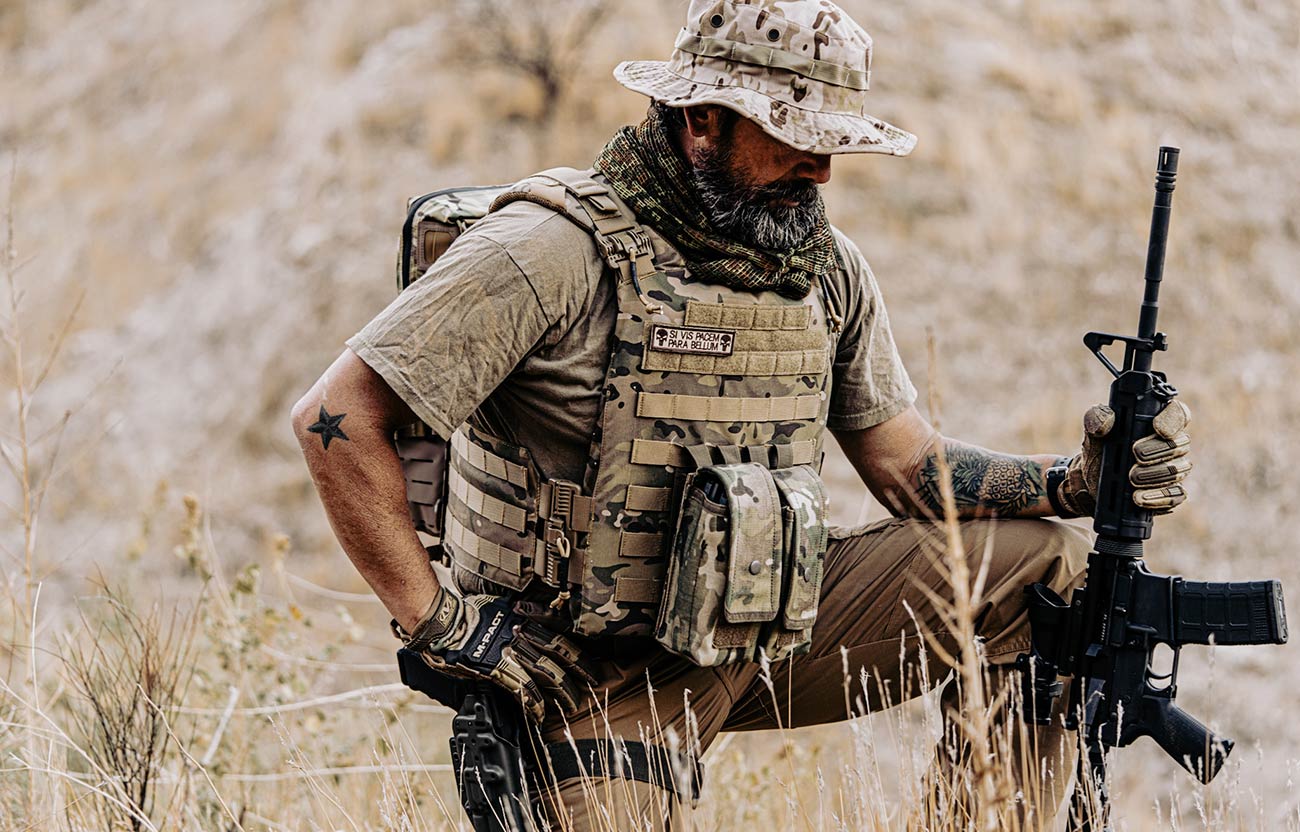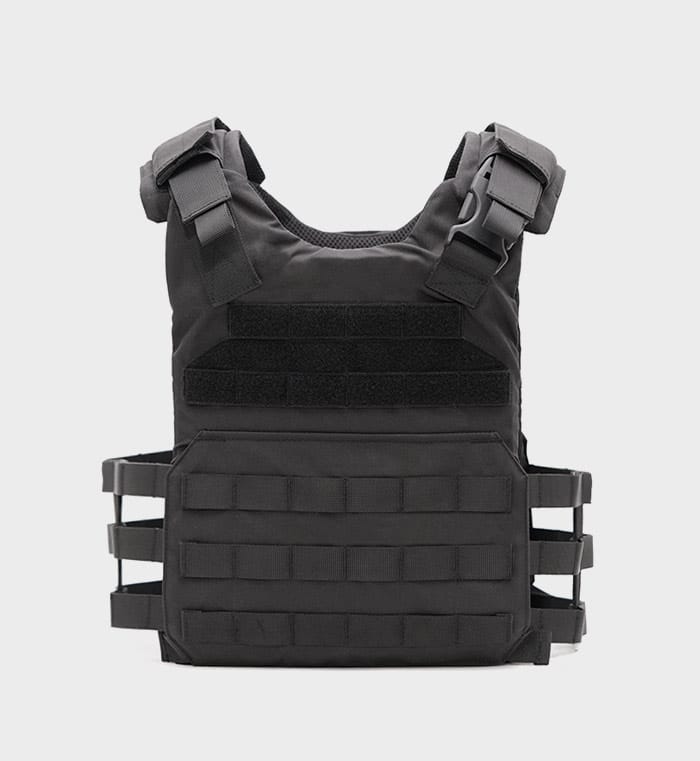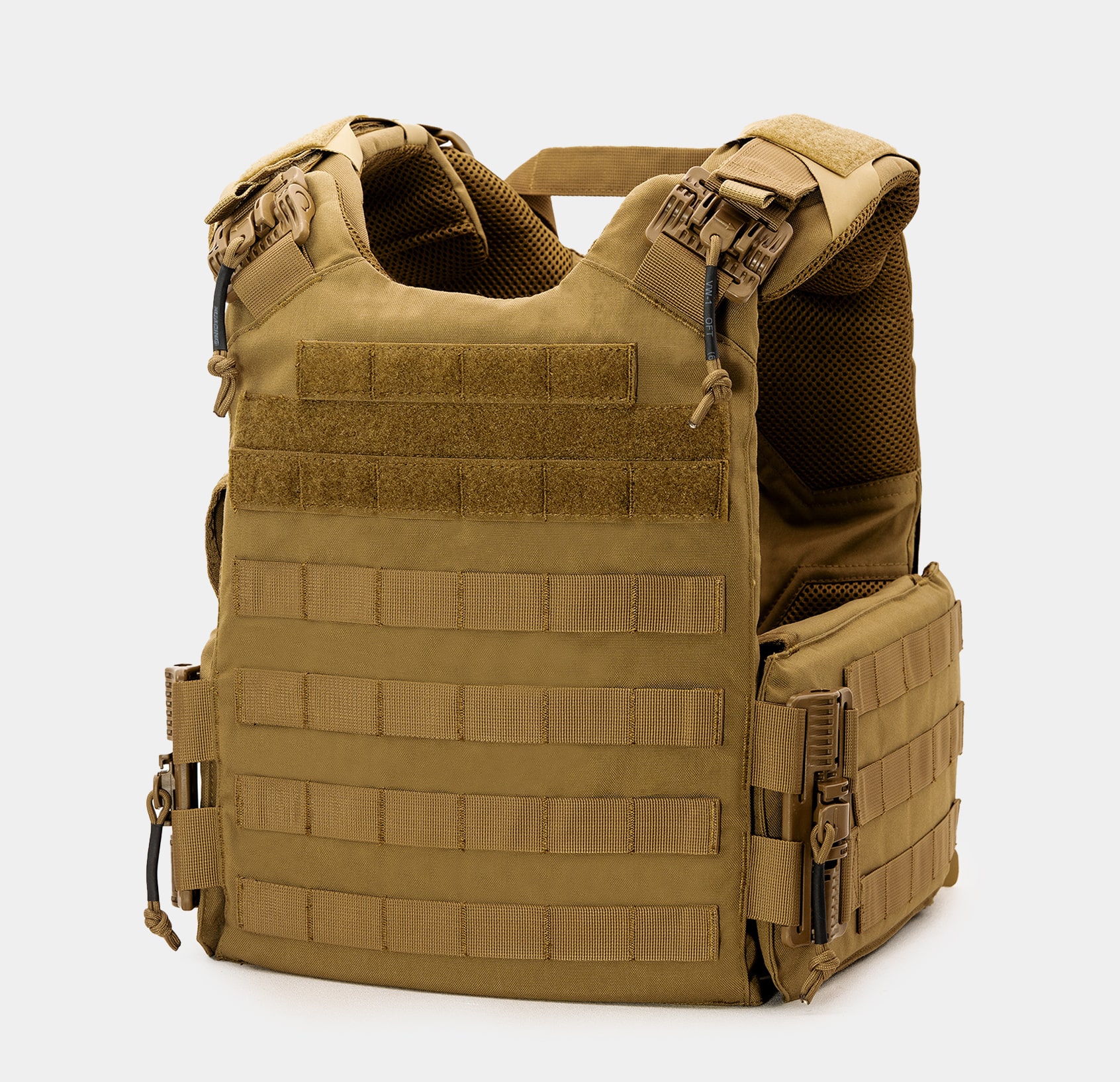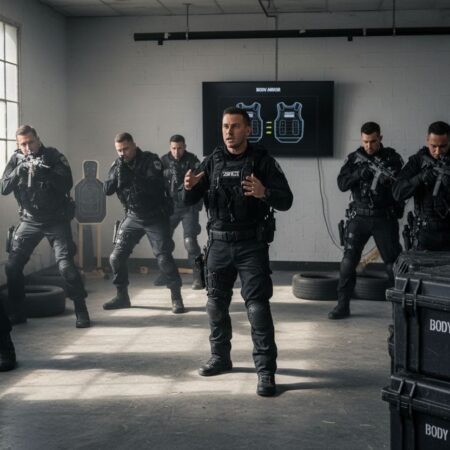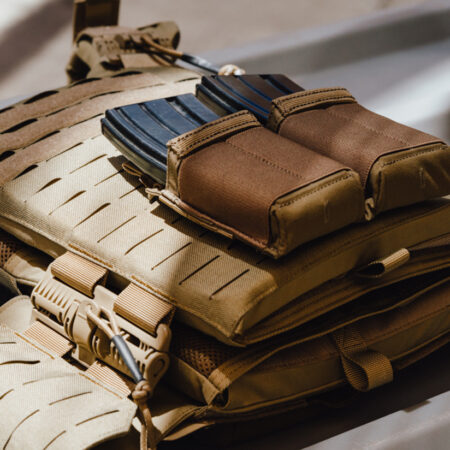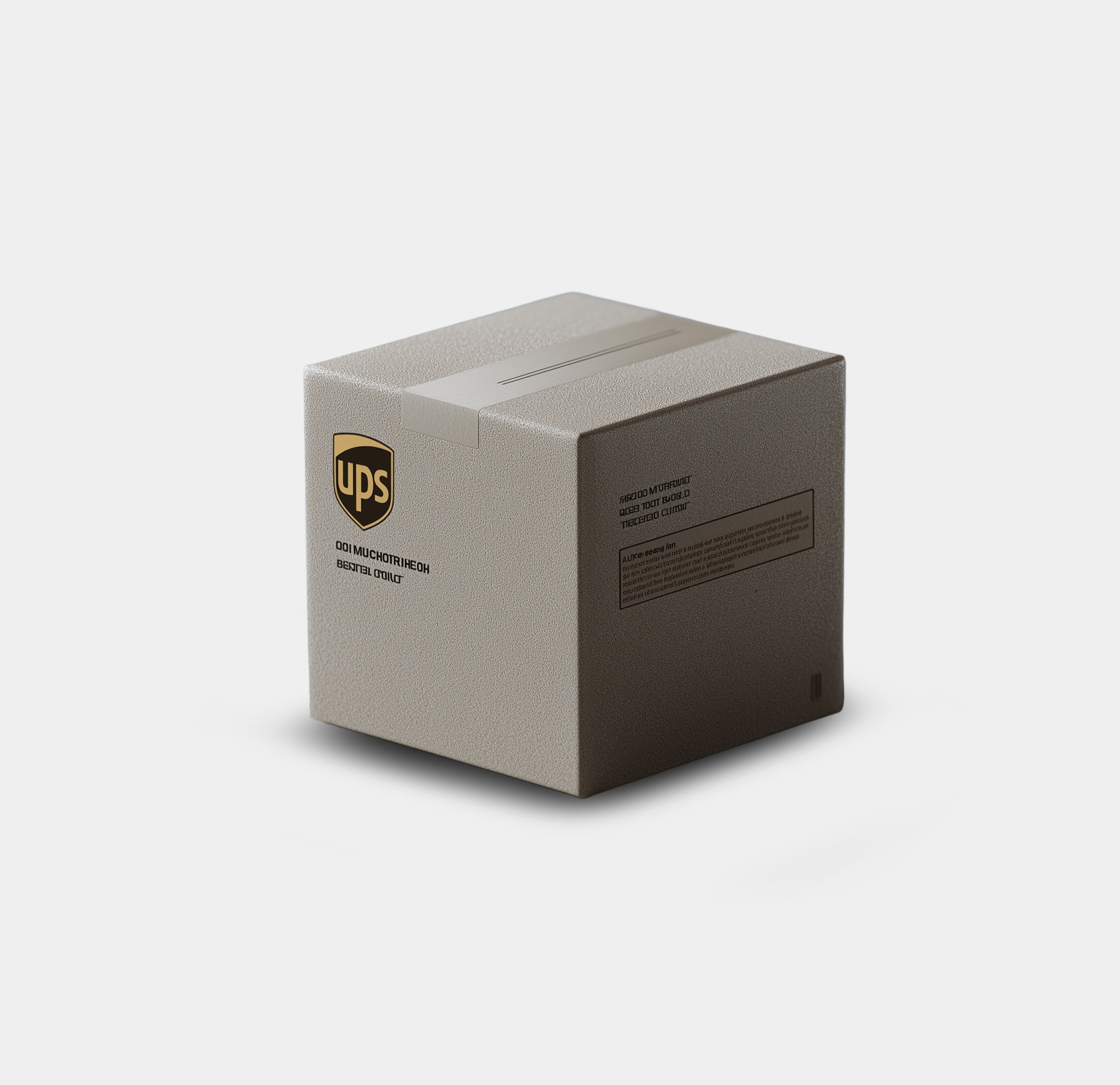When you are looking to buy a plate carrier, there are several things that you need to consider. From the size and fit of the plate carrier to its comfort level, molle webbing, and mobility, many factors need to be kept in mind. However, one important factor that most people don’t talk about is the color or camouflage pattern on your plate carrier.
Plate carriers are available on the market in a wide range of colors. From black, Flat Dark Earth, coyote brown, and OD green to woodland camo, Urban Camo, and several other plate carrier Multicam options, there is so much to choose from. Different colors and camo patterns offer better concealment in different environments. Therefore, in this post, we are going to talk about the different kinds of camouflage patterns, and which patterns are better for various environments.
What type of environment would you need camouflage for
For Military personnel, Camouflage is a very important concept. It is used to conceal various positions, vehicles, and most importantly, Military personnel. Now, Militaries operate in various environments, from deserts, jungles, and mountains, to urban and even arctic environments. The Color and Camo Pattern militaries choose for a specific operation depends upon the environment they are trying to conceal themselves. Here are some of the main environments Military Personnel and civilian customers would need Camouflage for.
Woodlands and jungles:
When operating in jungle environments, Military personnel, and even Civilians who are out on hunting trips, need to use Camouflage. In these environments, camouflage patterns include different shades of green and brown, with strokes that blend in with the branches, leaves, dirt, and trees in a jungle.
Urban centers:
When talking about environments where you may need camouflage, most people think about natural environments, however, some camo patterns can even provide camouflage in urban environments. These patterns make use of various shades of gray, that blend into the pavements, and buildings in an urban environment.
Arctic environments:
Arctic environments have a lot of snow and are very bright. So, anything that isn’t white stands out like a sore thumb. Therefore, if you want to camouflage your plate carrier and tactical equipment in an arctic environment, you need to incorporate patterns with a lot of white to imitate the snow.
Desserts:
Over the past couple of decades, the US military has seen a lot of action in Desert environments. They have used brown uniforms that blend into the sand of the desert. These camo patterns are usually called flat dark earth, or desert tan.
Rocky mountains:
Mountain environments also require a unique kind of plate carrier camouflage. Plate carriers worn in such environments need to have camo patterns that incorporate shades of brown, and gray to blend into the dirt and rocks on these mountains.
What are the differences in camos?
Over the years, several militaries and tactical gear manufacturers around the world have developed hundreds of different camos. These camos are differentiable based on the colors and patterns used in them. The Colors, as we have mentioned before, are chosen based on the environment the camouflage is designed for. Therefore, here are some of the popular Camo patterns widely used on plate carrier vests around the world.
Multicam Pattern:
Multicam is easily the most common pattern of Camouflage used today. It was first developed by Crye Precision for the US military troops in Afghanistan, who have to constantly move from rocky Alpine environments to desert environments. The Plate Carrier Multicam pattern is specifically made to work in all kinds of environments, and lighting conditions. It is also the most common camo used on tactical items like plate carriers, ballistic plates, and plate carrier pockets and pouches.
Woodland Pattern:
Woodland camo is also quite popular, and it is ideal for jungle environments. The US military woodland pattern was made by enlarging an EDRL pattern used in Vietnam.
Duck hunter Pattern:
This camo pattern gets its unique name because it was quite popular among duck hunters between the 60s and 90s. Originally it was called the US M1942 camo pattern and was used by US troops in the Pacific theater of the second world war.
Chocolate Chip Pattern:
This Camo pattern was developed in 1981 by the US military. It is a six-color camo pattern that works great in desert environments. The pattern was adopted by several militaries around the world, including multiple African countries, Iraq and South Korea, who have used it on their plate carrier vests and uniforms.
EDRL Pattern:
The EDRL pattern was developed in the late 40s and was used in the Vietnam war. It was designed in the US Army Engineer Research and Development Laboratory (ERDL), and hence gets its name. This pattern made use of greens and browns to imitate the colors of a jungle environment.
Flecktarn Pattern:
The Flecktarn pattern was developed in West Germany in the mid-70s, and it incorporates small flecks like leopard patterns. This camo became very popular in Europe and was used by the German military on their plate carrier vests and uniforms as well.
MARPAT Pattern:
The MARPAT pattern was the first digital camo pattern adopted by the US armed forces. It was used by the marine corps and has a sort of micro-pixelated design that has inspired multiple modern camo patterns.
Do all plate carriers come in camouflage?
No, not all plate carrier vests have camouflage patterns. In fact, most civilian plate carriers come in a single-color design like Black, Flat Dark Earth, or OD green. However, most plate carrier manufacturers also use plate carrier Multicam patterns on their body armor products.
Different types of camouflage for various environments
So, we have talked about different environments where you can use camouflage and mentioned different camo patterns. Here are some of the most common camouflage types based on environments that can be used on a plate carrier.
Snow camo:
Snow Camo is white, and it may have some specs or patterns of gray on it to imitate rocks. This kind of camo can be used on anything from a plate carrier to a tank, and it can help in hiding the outline and profile of the object.
Jungle camo:
Jungle Camo is perhaps the most commonly used Camo pattern in the world. It is designed to work in the jungle and forest environments, however, many militaries use different kinds of jungle camo on their uniform, plate carrier vests, and other gear.
Desert camo:
As the name suggests, Desert Camo is made for sandy environments that you can find in a Desert. The US military regularly used this type of camouflage on plate carrier vests, and other gear in Iraq and Afghanistan.
Urban Camo:
Urban Camouflage is used by many modern militaries. This Camo can be made in various patterns, however, digital Pixelated patterns like the one used in MARPAT Camo are the most common. An Urban Camo plate carrier uses multiple shades of gray, which blend into the roads, pavements, and buildings in an urban environment.
Alpine Camo:
Alpine Camo is perfect for a plate carrier used in mountain environments. This camo pattern used Grey and brown shades to imitate the rocks and dirt in a rocky alpine environment.
Final Thoughts:
So, here was a quick account of various Camouflage types, and which environments they are suited for. Armed with this information, you can easily choose the perfect Camo for your plate carrier.


